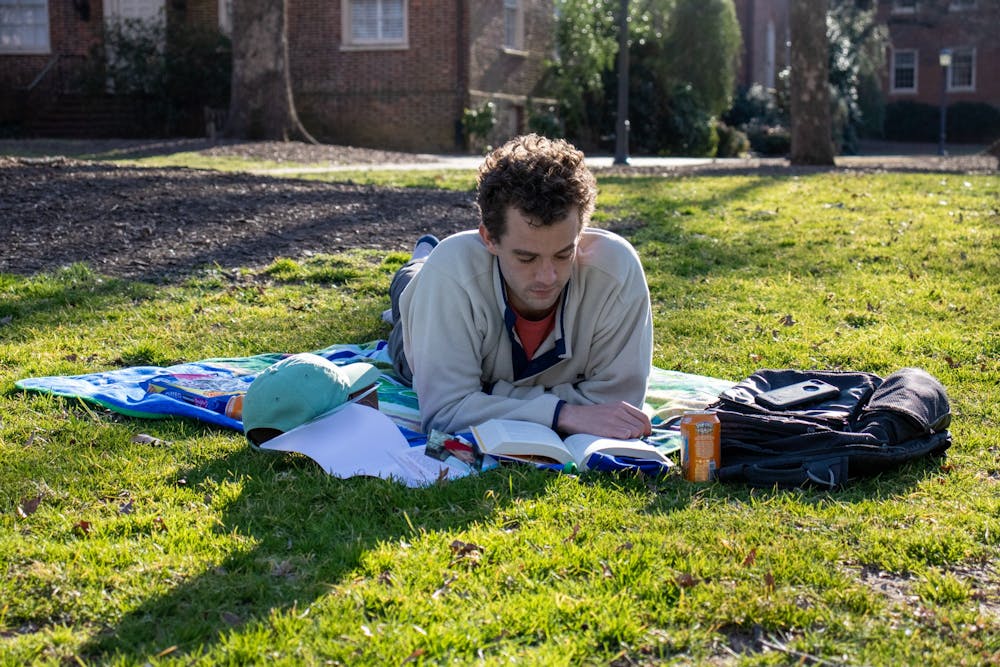What associations arise when you hear the phrase “Tiger King?” What about when you see a picture of whipped coffee in a mason jar, or hear the first few bars of “Supalonely” by BENEE?
You might have flashbacks to March 2020 and the summer that followed. It’s been almost a year since UNC moved online and since the coronavirus pandemic emerged in the United States. In that time, media consumption surged, with certain TV shows, trends and music becoming seemingly inescapable
— especially during the first few months of quarantine.
According to a report released by The Nielsen Company, the time spent online accessing current events and global news was 215 percent higher in March 2020 than a year earlier. The company said in March of last year that staying at home can lead to a nearly 60 percent increase in content consumption — this already up from historic highs.
“Everyone was watching, everyone was on their phones. It was the most amount of people connected at that one point,” UNC junior Lailah Ligons said.
Social media, for example, provided a forum for students to interact and find shared experiences despite their physical isolation.
Like many others, junior Jacob Key hopped onto the TikTok train at the beginning of quarantine to stay in the loop and take advantage of his newfound time. A series of trends you could do at home kept students like Ligons and Key occupied and engaged: they learned the moves to the Supalonely dance, made and memorialized their photogenic Dalgona coffee and were briefly inspired to get into DIY projects like embroidery and woodworking.
“It was springtime and summertime so there were a lot of positive videos and bright colors and outside kind of stuff. And people being happy and dancing in the earlier days of quarantine,” Ligons said.
For some, there’s a disconnect between the optimistic lean of these trends and the reality they were dealing with.
“It was kind of like a false sense of happiness, no offense," Maansi Patel, a junior studying studio art, said. "Everyone was doing workouts, like Chloe Ting, buying stuff on Amazon, going into new hobbies, things like that. It was comforting in a way. You could gain a sense of clanship.”



